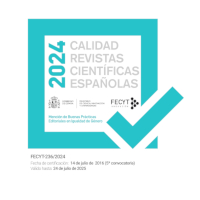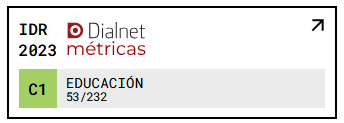Educar personas solidarias : El laberinto de la educación en valores
DOI:
https://doi.org/10.18172/con.475Abstract
Education for values is a reality; althught lost of proposals exist, these are usually very deficient. That´s why this hasn´t been valued by meny teacher and seen as a waste of time. This article is going to show what elements have the proposals that have worked out developing solidarity actitudes and behaviors, and improving in general the quality of teaching. This proposals include: – Cooperative values valid out of school; for life. – A teacher´s mentality as a global educator and not only as a teacher teaching a subject. – A global revision of all the educational practice, including coherent pedagogical methos and a school organization, and analiced values transmited throught the hidden curriculum. – A way in which the students can create their values, based on feelin-troubling, analyzing and doing, avording indoctrination and showing people how to think by themselves. – A balance development of all the different levels: Social realitis (carried out all at the same time), socialization resources, instrumental habilities, dynamic of the class group and personal development. The use of this model allows that education for values is an element that improves the quality of teaching, prepares the person for her/his future life and gives the society the people that it´s need to becam an dynamic and progressive society.Downloads
Download data is not yet available.
Downloads
Published
2013-05-14
How to Cite
Paniego García, J. A. (2013). Educar personas solidarias : El laberinto de la educación en valores. Contextos Educativos. Revista De Educación, (3), 177–190. https://doi.org/10.18172/con.475
Issue
Section
Experiences and Reflections
License
The authors retain copyright of articles and authorize Contextos Educativos. Revista de Educación the first publication. They are free to share and redistribute the article without obtaining permission from the publisher as long as they give appropriate credit to the editor and the journal.
Self-archiving is allowed too. In fact, it is recommendable to deposit a PDF version of the paper in academic and/or institutional repositories.












